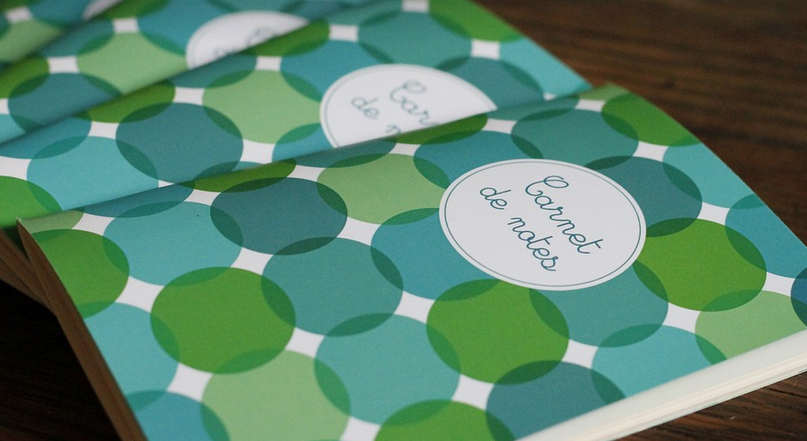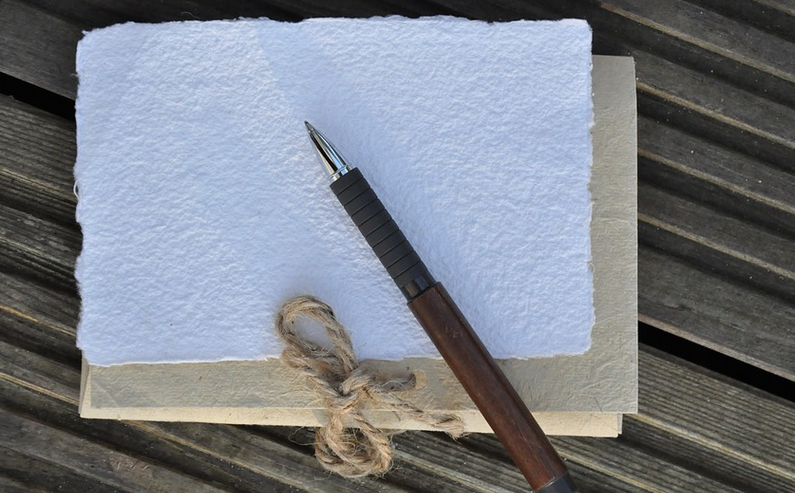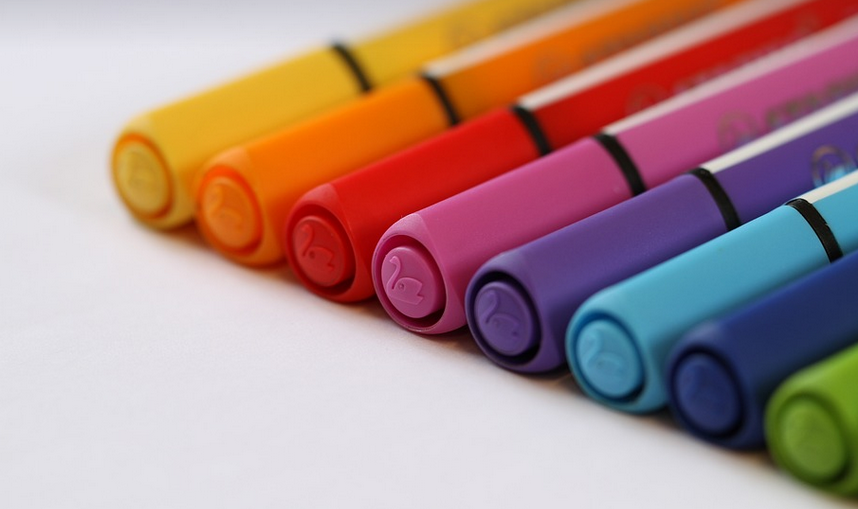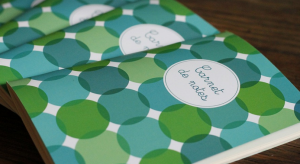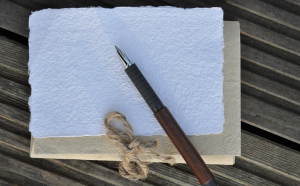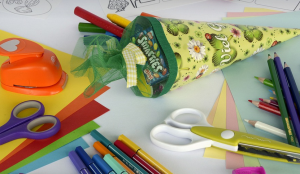A Quick Dive into Web Graphics
The power of animation and interactivity lies in our hands, especially when it comes to bringing visual elements to life. And for web developers, one of the most essential tools we wield is the powerful HTML5 Canvas. It’s like a blank slate that lets us draw, paint, and design anything imaginable – from simple graphics to complex animations.
Today, we’re diving into the world of canvas image manipulation, specifically focusing on the art of rotating images within our web pages. We’ll explore how this seemingly magical trick works and unveil its potential for creating captivating user experiences.
Why Use the Canvas to Rotate your Images?
Let’s face it. Rotating an image doesn’t always require a whole lot of fancy software. And that’s exactly what makes the Canvas so remarkable – it gives us creative freedom without being constrained by complex external programs or plugins.
The HTML5 Canvas is our very own canvas, allowing us to draw on it right in our web code—just like a traditional artist. It provides a platform where we can define the boundaries of our image and then manipulate its orientation with ease.
Here are some key reasons why using the HTML5 Canvas to rotate images is an excellent choice:
- Flexibility and Control: We gain complete control over every aspect of image rotation—from subtle adjustments to dramatic spins.
- User Experience: Engaging users with interactive animations or dynamic visuals is a breeze.
- Cost-Effective: No need for external plugins or hefty software; the Canvas does it all right in our code.
How to Rotate Images on the HTML5 Canvas
Let’s explore how this magic unfolds. The process involves a few simple steps, and once you understand them, you’ll be amazed by what you can create.
Here’s a step-by-step guide to image rotation on the HTML5 Canvas:
- Define your Image: Start by importing an image into your Canvas using the
tag. We’ll refer to it as “image” for now.
- Rotation Control: Use our trusty ‘d’ key on your keyboard to rotate the image. The rotation function can be accessed through the canvas context, where we use the ‘rotate’ method.
- Smooth Rotation: For a seamless experience, you might opt for a gradual animation when rotating images using CSS.
Example Code
Let’s put these concepts into action with some code. Take this simple example as your starting point:
In this code snippet, we first define a ‘canvas’ element using the `document` object and then get its context using the ‘canvas.getContext(‘2d’)’ method.
Now, let’s break down the next line:
ctx.drawImage(img, x, y);
Unleashing Creativity with Canvas Rotation
Once you master the basics of image rotation on the HTML5 Canvas, the world of creativity becomes limitless! You can use this functionality to add depth and dynamism to your designs. The possibilities are endless.
